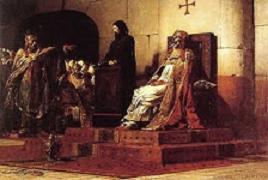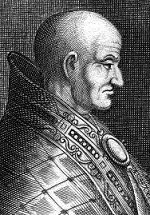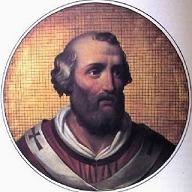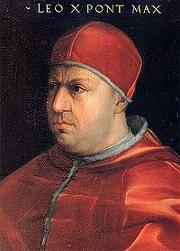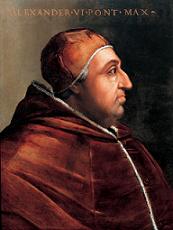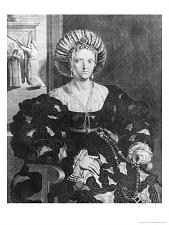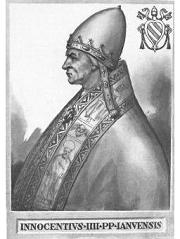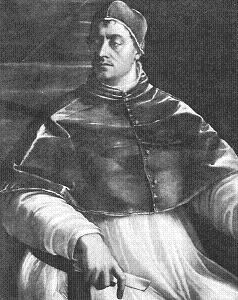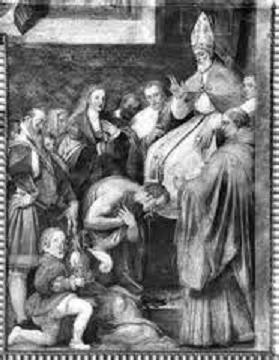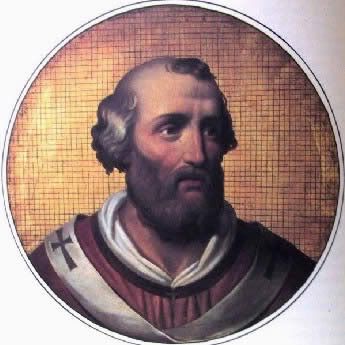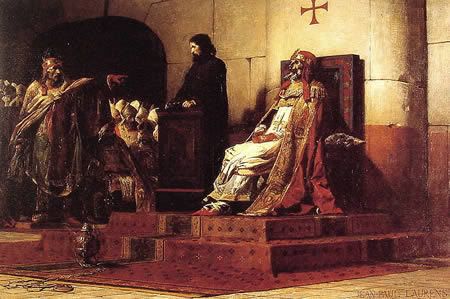The unanswered question is:
Was there any retraction? A bitter dispute has been waged from 1896 to the
present day over this highly controversial question. Professor Padilla of
the University of the Philippines states the position of many and perhaps
most educated Filipinos in this succinct way:
"Briefly then the picture presented before us
is that of Dr. Rizal, the man, the scientist, and rationalist, who wrote
vigorously against the Catholic Church, and who ridiculed the idea of hell.
A few hours before his execution, when threatened with eternal damnation, he
became suddenly 'distributed' and cried like a child, 'No, no, I would not
be condemned.' Assured by Father Balaguer that he would certainly go to hell
if he did not retract and return to the Catholic Church, the fear became
greater, his reason capitulated to faith, and he exclaimed: 'Well Father, I
promise that the remainder of my lifetime I will employ asking God for the
grace of faith'. Whereupon he signed a retraction in which he disowned all
that he ever said and wrote against the church, and abominated Masonry. . .
This picture is too much for one's credulity. Too many of the supposed facts
brought out in the way of evidence, when pieced together, do not seem to fit
psychologically into the picture."
Let us examine the proofs on both sides of the
question.
As first hand evidence for the retraction we
now have four sworn statements: Fathers Balaguer and Visa swore that they
saw the retraction signed. Father Pio Pi swore that he received it from
Father Balaguer in the Ateneo, and a Colonel if the Infantry, R.
Sominguez, swore on May 30, 1918, that he had seen Rizal kneel at the altar
of the Fort Chapel and read the retraction "with voice clear and serene."
Dominguez then quoted the retraction without a single error, twenty-two
years after the event! He certainly copied this retraction, for he could not
have remembered it, which fact, as Pascual insists, leaves one in doubt as
to how much more he copied. Many of his sentences are exact duplicates of
other records.
Another affidavit is often presented as
circumstantial evidence. The Fiscal, Don Gaspar Castaño, visited Rizal
between nine and ten the evening before the execution, and tells us that as
he departed, Rizal "with jovial courtesy expressed his regret that he could
not ask me to come again. . ." I said, 'Rizal, you passionately love your
mother and your country, both of which are Catholic. Do not cause them the
great pain of dying outside the true religion.' He answered in a tone of
great solemnity, looking toward the altar, using this phrase which I well
remember, 'Mr. Fiscal, you may be sure I will not close the doors of
eternity.'
The most important evidence is the retraction
itself, which was found on May 18, 1935, by Father Manuel Garcia. It had
been wrapped up with retractions made by other men of the same period. In
the same package was a prayer book ending with "Acts of Faith, Hope, and
Charity", under which appears the signature of José Rizal. These "Acts"
cover the doctrines of the church much more fully than does the retraction.
If the retraction and the signature are found to be genuine, then the fact
of the retraction will be settled, though Father Balaguer's story will
remain incredible.
Let us now consider the evidence against the
retraction. Several exceedingly stupid blunders were made if the retraction
is authentic, so stupid that they seem to point to fraud. Rizal's relatives
were promised that the retraction would be read to them in Paco church, but
they never heard it. That caused doubt. The newspapers published different
versions. That caused doubt.
Then came the well-nigh incredible report that
it had been lost! Nobody could believe it! After four years of effort to
convert Rizal had been crowned with success, after the orders had all prayed
with penances and mortification, the retraction, the most precious document
the church possessed in the Philippines, ought to have been guarded as
nothing else. Yet it had disappeared! Father Balaguer swears under oath (in
1917) that he took it to the Ateneo before Rizal was led out to be shot, and
that Father Pio Pi carried it to the Palace of Archbishop Nozaleda,
entrusting it to Secretary Gonzalez Feijoo, who deposited it in the chest
for reserved papers. There all trace of it was lost. Father Pio Pi said they
looked for it and could not find it. That caused doubt.
For thirty-nine years, millions of Filipinos,
whether Catholic or not, denied that such a paper existed. Then the
retraction was found in the very files where it had formerly been sought in
vain. That fact caused doubt. Why had it been missing thirty-nine years?
Asked the incredulous Filipinos.
The Archbishop permitted Ricardo R. Pascual,
Ph.D. to examine the retraction, and give him a good photostat of it. Pascual wrote a devastating book called "Rizal Beyond the Grave" in which he
seems to show by minute measurements that the retraction diverges from the
style of Rizal's other writings of that period, and he concludes that the
paper was a forgery. Pascual points out that both signatures of the
"witnesses" were signed by the same man, and they do indeed look alike.
Pascual's book caused doubt. Until world experts on handwriting give their
judgment, suspicion will continue. Perhaps even with such scientific
judgment, people would believe or doubt the document according to their
prejudices, for it is difficult to be dispassionate.

Unfortunately for the historian there was more
blundering, which has led many writers into uncertainty, concerning the
marriage of Rizal. Father Balaguer swears that he married José and Josephine
about fifteen minutes before the time for the execution. But the marriage
record could not be found in the Manila Cathedral nor in the Registry of
Fort Santiago where it ought to have been place. This raised doubt. Rizal's
sister Lucia, who went with Josephine to the chapel that morning, saw a
priest in vestments, but said she did not see the ceremony. One fact
supports the marriage statement. Rizal wrote in a copy of The Imitation
of Christ, by Thomas á Kempis, these words: "To my dear and unhappy
wife, Dec. 30, 1896."
The obvious answer might be that Rizal had
regarded Josephine as his wife since they first held hands in
Dapitan a year
and a half before, -- but in no letter now available did he call her "wife"
before this time. Or the writing may be forged.
The strongest circumstantial evidence for the
wedding comes from Rizal's sister Maria. When she went to say farewell the
last night, José said to her:
"Maria, I am going to marry Josephine. I know
you all oppose it, especially you, yourself. But I want to give Josephine a
name. Besides you know the verse in the Bible, 'The sins of the fathers
shall be visited upon the children to the third and forth generation.' I do
not want them to persecute you or her for what I have done."
There were three more blunders, which produced
doubts. Rizal was not buried where persons in good ecclesiastical standing
are buried in Paco Cemetery, but "in unconsecrated ground" between the outer
and inner wall where Father Burgos had been buried after his execution. This raises doubt. Then he was not buried in a coffin or box of any kind.
This raises doubt.
Burial Record. Note page
number, although with a December date.
The record of his ecclesiastical burial is not
on the page (147) where persons who died in December, 1896, were recorded,
but on page 204, where persons buried ten months later, in September,
1897, were recorded. His name seems to have been written ten months after
he was buried. This raised doubt. Pascual's theory is that they buried Rizal
as an unrepentant criminal, and then had to frame a case later to fit the
retraction.
Was there ever such blundering with important
circumstantial evidence?
Doubt has also been raised by the fact that
neither the Archbishop nor the Jesuits asked for pardon or mitigation of the
sentence. Only his family begged for mercy.
The strongest argument was the character of
Rizal. It was but a few months before that he had rejected Father Sanchez'
offer of a professorship, a hundred thousand pesos, and an estate if he
would retract; and he had declared that he could not be bought for half the
Philippines.
That sounds like Rizal, as every one of his
old friends will testify. He was not only incorruptible, but very angry at
the least suggestion that he might be bribed. That character speaks so loud
against the retraction that all of Rizal's old friends believe he could not
have written it. They look at the writing and say, "Yes, that is his
handwriting, but then Mariano Ponce and Antonio Lopez and many others could
write exactly like Rizal. A good forgery is meant to deceive."
The question, "Did Rizal retract?" rests upon
the genuineness, or otherwise, of the supposed retraction. The Archbishop
should settle this question, or at least attempt to settle it, by permitting
the document to be submitted to the greatest handwriting experts in the
world, preferably to several of them working independently. He should permit
the paper and ink to be subjected to the best tests of modern science. Since
Father Balaguer has told us an incredible story, nothing is certain.
The most painstaking analysis which has thus
far been made is that of Pascual, and he pronounces the document to be a
forgery. Under these circumstances the Church must shoulder the burden of
proof that it is not. Everybody, it would seem, would like to have this
question settled convincingly.







